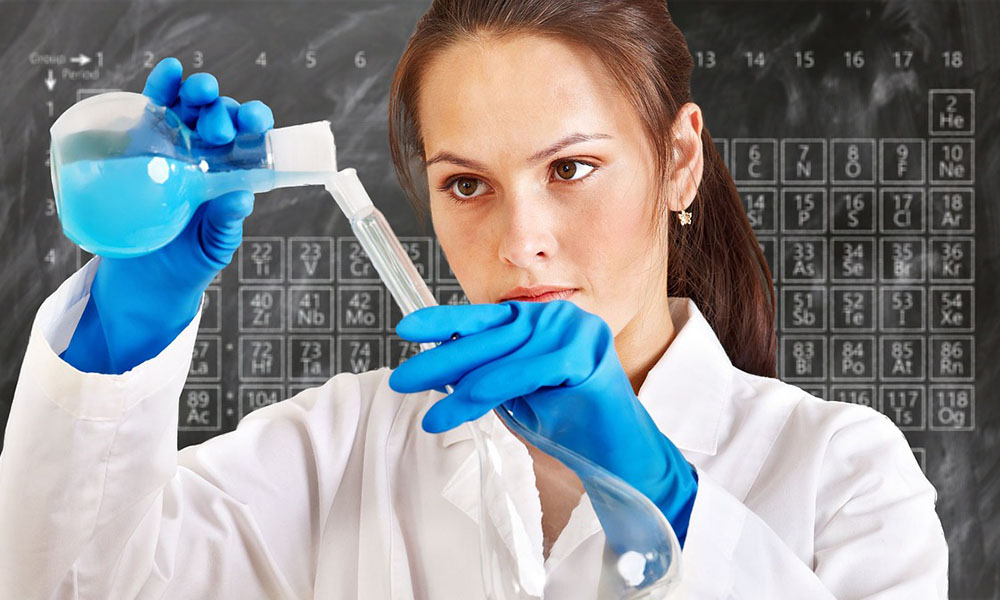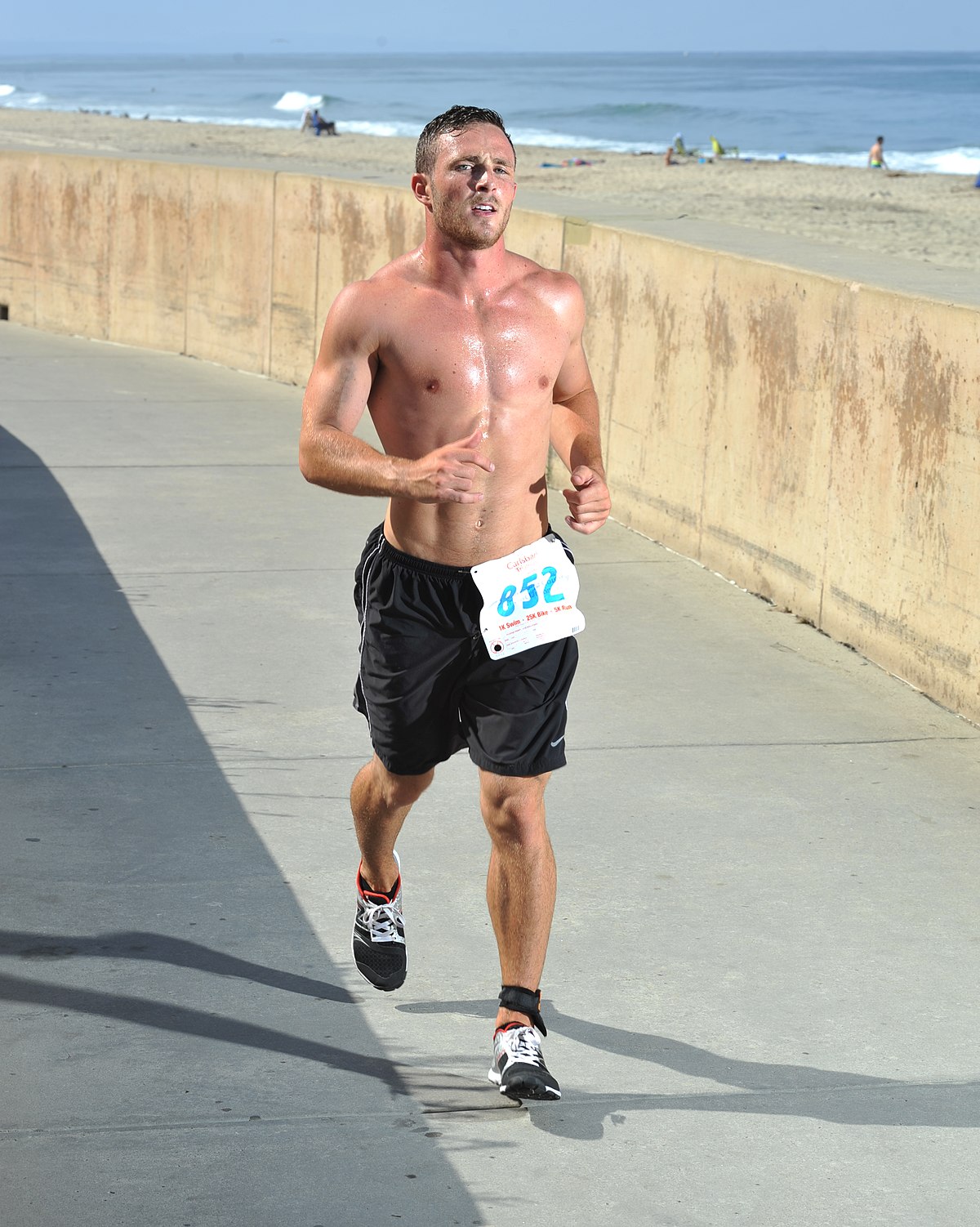Mass is a central concept in physics. Yet, when people go looking for it by…

Sodium to Potassium Transmutation in the Human Body
There’s a mystery surrounding salt. We appear to consume more of it than we excrete. Conversely, there’s a mystery related to potassium, which we excrete more of than we consume.
Impossible transmutations?
Some conclude from this that we consume too much salt and too little potassium. But that rests on the assumption that we’re missing some data somewhere. It doesn’t take the data on face value.
That’s because the most direct explanation is considered impossible. Namely that sodium, found in salt, is transmuted into potassium in the cells of our bodies.
However, the physics proposed here allows for transmutations with no other help than high energy photons that our bodies produce as part of their regular electrochemical functions.
Cold fusion of sodium and oxygen
The required transformation is a nuclear reaction where sodium fuses with oxygen and a high energy photon:
Na + O + p = K
We get this confirmed by looking at the periodic table. Sodium has atomic number 11, oxygen has atomic number 8, and potassium has atomic number 19.
11 + 8 + 0 = 19
When we look at the atomic weight of the various components, we see that sodium is 22.990, oxygen is 15.999, and potassium is 39.098. For this to add up we need the photon to make up for the missing mass of 0.109:
22.990 + 15.999 + 0.109 = 39.098
This means that a photon is absorbed for every transmuted sodium atom. The energy of these photons are turned into mass, which creates a cooling effect.
Conclusion
If this is correct, salt is consumed on hot days for cooling purposes. We are not only cooling down with the help of perspiration. We also cool down due to the endothermic effect of sodium to potassium transmutations.
This is why we consume more salt than we excrete, and why we excrete more potassium than it we consume.




Dude, if your model of physics go the way of string theory, I will be so peeved!
Potassium to calcium in bird eggs? Endothermic, catalysed by heat of sleeping hen? (Hens do not sleep in the nest unless actually brooding.)
Got any hypothesis to calculate the height of a volcanic plume against electric potential? Could we predict the energy levels using localised voltage levels? How shall we measure those potential against which zero state?
Could we predict an outburst by monitoring electric charge at some point/s?
Low energy transmutation of elements is not a central aspect of my theory. However, if animals are able to make such transmutations, Potassium to Calcium would help explain how hens can produce sufficient Calcium for their eggs. It might be a two step process where the first step is to go from Sodium and Oxygen to Potassium, as described in this post, and then to Calcium from Potassium as described in my chapter on transmutations. Both steps would require heat produced in the body of the hens.
My aim with my theory has been from the start to create a framework within which mathematical formulas can be put, and on which practical experiments can be based. My theory is not a complete work with every detail worked out, so I love to see people come up with experiments such as those suggested by you.
The problem with modern physics is that too many possibilities are dismissed without any other arguments than that it’s impossible. This goes for transmutations, hollow planets, expanding planets, and a whole range of other possible explanations for observed facts.
Making things worse is the way other aspects of physics, such as dark matter, black holes and neutron stars are pushed as truth without any evidence besides some distant radiation. Alternative explanations are simply dismissed. That’s not physics, but dogma.
calcium to the egg shell involves the transmutation of silica & carbon, NOT potassium. Cool your jets hot shot, you don’t know-it-all…
Thank you for pointing that out. Silica & Carbon does in fact produce Calcium when fused together. No Potassium is involved. I should have spotted that myself, since it’s easy to look this up in a periodic table.
Cilo makes a good point, though. Hens produce a lot of egg shell, so it wouldn’t surprise me if their bodies are able to produce Calcium by cold fusion of Silica and Carbon.
I think cold fusion in nature is much more common than generally accepted.
Fredrik, this theory was first proposed by Dr. Pannos Pappas, perhaps you should give him credit.
Upon further investigation, Dr. Panos Pappas is who I learned this from, but he was not the first to suggest it, so I am wrong in this respect. This theory comes to us from the pioneering work of Dr. Kervran who inspired Dr. George Ohsawa and Michio Kushi to experiment in the transmutation of sodium into potassium in vitro. The first transmutation was achieved on June 21, 1964. After applying 60 watts of electricity for 30 minutes to heat sodium to a plasma, a molar equivalent of oxygen was introduced. Viewed with a spectroscope, the orange band of sodium gave way to the blue of potassium. It is a fascinating discovery, and challenges the “leaky channel” theory which unfortunately is now believed to be settled science.
Thank you for your feedback. Thanks to you, I’ve been able to find this article for those interested in more information related to this theory: http://www.panospappas.gr/Na+O=K.htm
What evidence is there that the body consumes more sodium than it excretes? Part of the sodium excreted is via the skin (sweat) and gets washed off when we bath or shower, and some of it gets deposited on our clothes; there is no way to tell how much sodium we lose that way. What evidence is there that we excrete more potassium than we take in? Your formula for the fusion of sodium and oxygen to produce potassium seems faulty since it requires assigning a mass to photons, but photons have no mass, so that seems to me like it would be a problem with your theory.
I wrote this post based on TV documentaries and popular science articles, so I don’t have any links to any studies, but the discrepancies between consumption and excretion appear to be generally accepted. As for photon absorption, it’s true that photons have no mass, but they do contain energy, and energy absorbed becomes mass. Ref. E = mc^2 «-» m = E/c^2